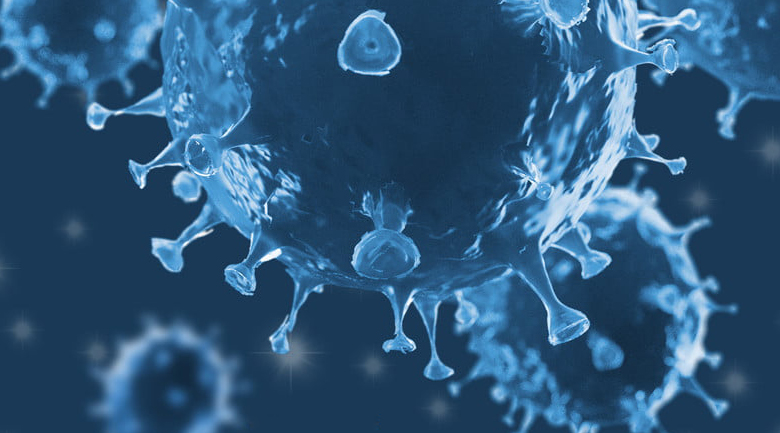
Unlike in prior outbreaks, mammalian infections have become significantly more common, and many mammal species including pet cats, seals, foxes, mice, skunks, bobcats, and even a bottlenose dolphin have been falling ill and testing positive for the flu.
To mitigate the risk of many more human cases, experts say we need proactive efforts involving virus surveillance, multiple types of testing and data collection, robust communication and information sharing, new biosecurity strategies, worker safety protections, and improved vaccines.
Testing, multiple sources say, is a big part of that.
“Everyone agrees, I think, that we would love to do much more testing than we’re doing at the present time,” Vanderbilt says.
“There should be more testing,” in more states, of more animals, of more people, and of environmental proxies for viral spread like wastewater, says Bhadelia.
“Where I really think we should be focused is testing of farmworkers and testing of animals,” Celine Gounder, an infectious disease specialist and epidemiologist at New York University and the Kaiser Family Foundation, tells Popular Science.
Though testing alone doesn’t stop viral spread, it provides key information about where and how that spread is happening.
Testing doesn’t just show what animals or people are currently positive for the virus, but it can also reveal how spread is unfolding, by what means, and specifics about the virus itself.
Genetic sequencing performed on virus samples collected through tests can help virologists spot new, potentially dangerous mutations and piece together paths of transmission. Serology testing, which measures antibodies in blood, can show if there are asymptomatic cases proliferating in people and animals.
In most places, dairy farm owners and workers have been slow to start testing for and reporting cases.
At the same time, many farm workers-often undocumented and economically vulnerable- are reluctant to report symptoms or undergo testing because they want to avoid government attention and deportation, Gounder notes.
In May, the USDA announced a compensation program to help dairy farmers bear the costs of testing their livestock, sampling their milk, sanitizing equipment, and the burden of lost milk production.
Ideally, Gounder says there would be a similar federal effort to protect workers-potentially granting them legal status- if they come forward for testing as well.
Michigan is doing more testing and reporting than any other state.
They’ve expanded their testing lab capacity to seven-day-a-week operations.
Testing, PPE, incentives, and information sharing are all important public health measures.
